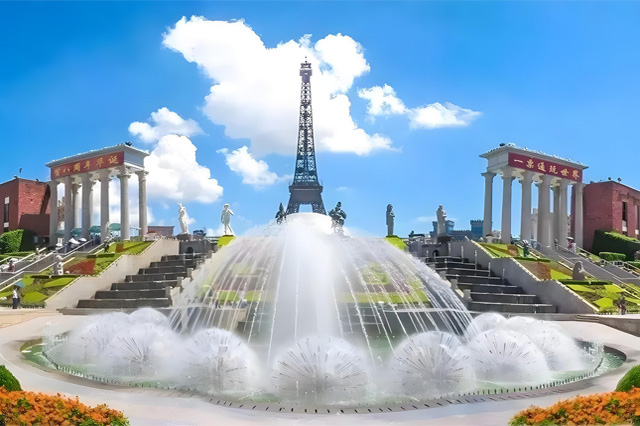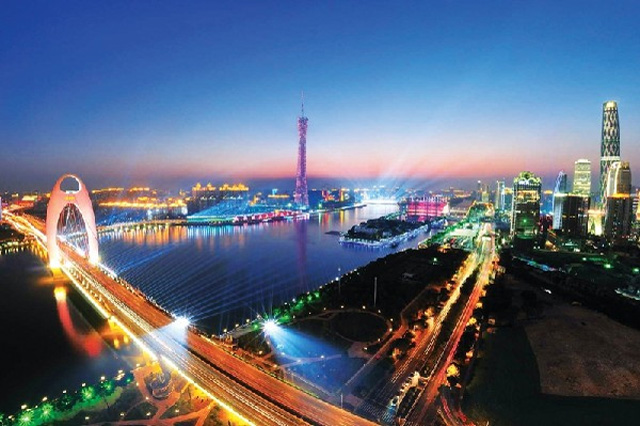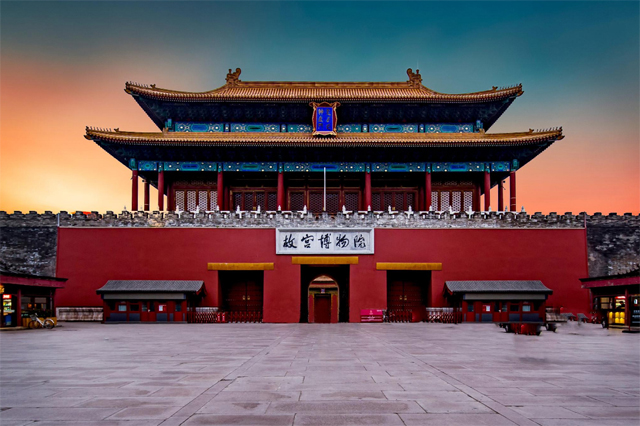Shandong 5A level tourist attractions summary, take you to play Qilu!
- China Tourism
- 2025-04-25 10:34
- 114
Shandong Province, referred to as "Lu", is located on the eastern coast of China, the lower reaches of the Yellow River, named after the east of the Taihang Mountains. Shandong is one of the birthplaces of Chinese excellent traditional culture and the center of ancient culture. It is famous for Qilu culture. "Reform and innovation, openness and tolerance, loyalty and trustworthiness, pragmatic hard work, dare to be the first" is the basic connotation of Qilu culture in the new era. Next, I will give you a summary of Shandong 5A tourist attractions and take you to Qilu!
1. Taishan Scenic Area of Tai'an City
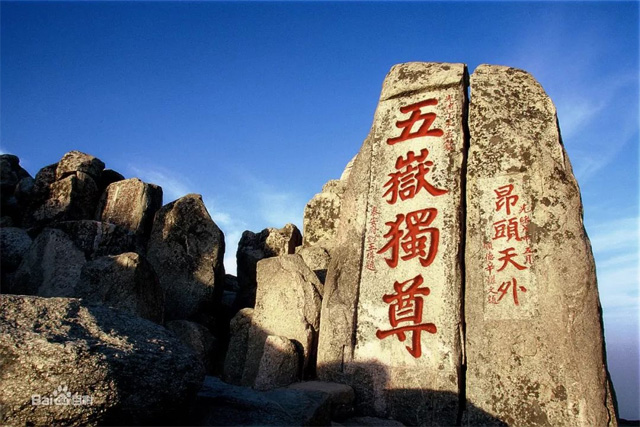
Taishan Scenic Area in Tai'an City, referred to as Taishan Scenic Area, is located in Tai'an City in the central part of Shandong Province. It includes six scenic spots, including Youyuan District, Kuangyuan District, and Olympic District. The main scenic spots are Puzhao Temple, Guandi Temple, and Eighteen Pans. Mount Tai, also known as Daishan, Daizong, Daiyue, Dongyue, Taiyue, is known as the "five mountains alone", the first of the five mountains. Mount Tai has been an important cultural shrine in China since ancient times, accompanied by five thousand years of Chinese civilization. Taishan scenic area in addition to beautiful scenery, but also has Dai Temple, Qin carved stone and many other cultural relics, ancient trees.
2. Penglai Pavilion-Sanxian Mountain-Eight Immortals Crossing the Sea Tourist Area, Yantai City
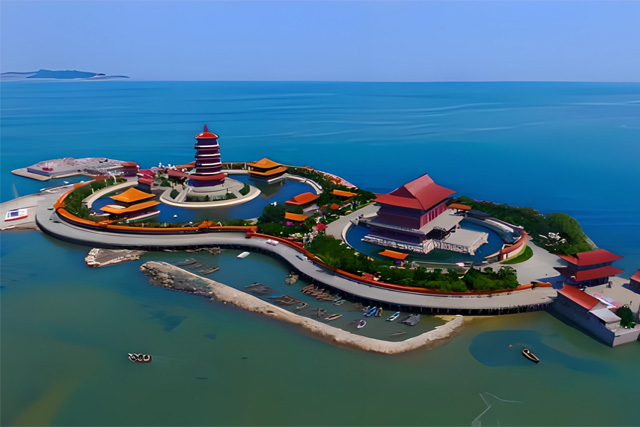
Penglai Pavilion-Sanxian Mountain-Eight Immortals Crossing the Sea tourist area in Yantai City, referred to as Penglai Pavilion-Sanxian Mountain-Eight Immortals Crossing the Sea tourist area, is located in Penglai District, Yantai City, Shandong Province, mainly composed of Penglai Pavilion scenic area and Sanxian Mountain · Eight Immortals Crossing the Sea scenic area. Penglai Pavilion scenic spot is known as "fairyland on earth". It is said that Penglai, abbot and Yingzhou are the three fairy mountains in the sea where immortals live, and they are also the places where Qin Shihuang seeks medicine and Emperor Wu of Han visits immortals. Penglai Pavilion was built in the sixth year of Jiayou in the Northern Song Dynasty. It is called China's four famous buildings together with Yellow Crane Tower, Yueyang Tower and Tengwang Pavilion. The Sanxian Mountain Scenic Area integrates the great achievements of Chinese classical gardens, showing a wonderful picture of harmony between man and nature and the unity of man and nature. The Eight Immortals Crossing the Sea Scenic Area is surrounded by the sea on three sides, shaped like a treasure gourd lying on top of the sea.
3. Jining City Ming Gucheng Sanchong Tourist Area
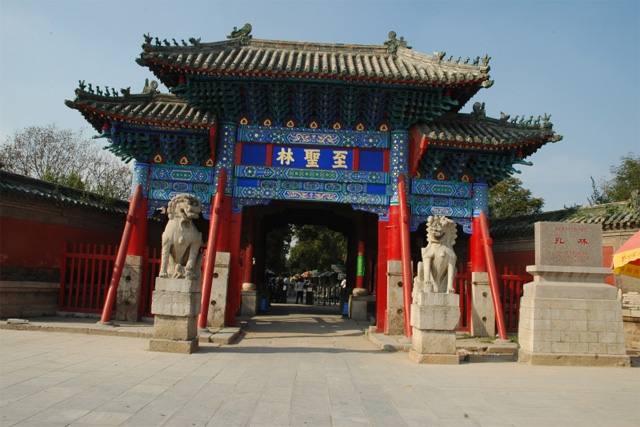
Jining City Ming Ancient City Sangong Tourist Area, referred to as Sangong Scenic Area, is located in Qufu City, Jining City, Shandong Province. It is a national 5A tourist attraction. The Sangong tourist area of the ancient city of the Ming Dynasty relies on "Confucius Temple, Confucius Mansion, and Confucius Forest" as its tourism support. "Confucius Temple, Confucius Mansion, and Confucius Forest" are also called "Three Confucius". It is not only a symbol and symbol of ancient China's admiration of Confucianism, but also an important object for the study of Chinese history, culture and art. "Three Confucius" is a symbol of Confucianism in Chinese dynasties. It is famous for its rich cultural accumulation, long history, grand scale, rich collection of cultural relics, and scientific and artistic value.
4. Qingdao Laoshan Scenic Area
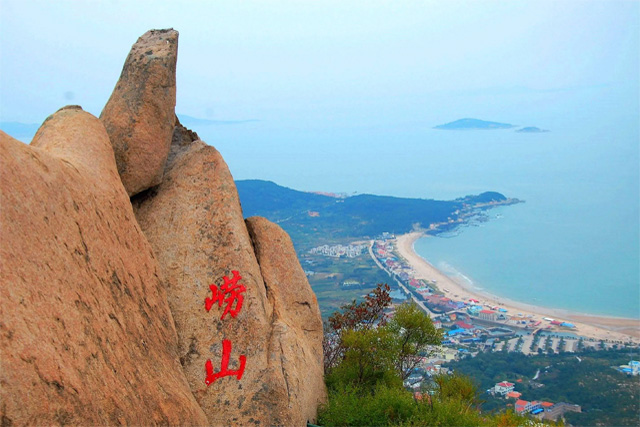
Laoshan Scenic Area of Qingdao City is located in Laoshan District of Qingdao City, Shandong Province. Laoshan Mountain is also known as Laoshan and Laoshan. The total area of the scenic spot is about 446 square kilometers. Its natural landscape has a long history, and the construction of cultural landscape can be traced back to the Spring and Autumn and Warring States period. After the development of successive dynasties, Taoist culture is especially prosperous. As one of the famous Taoist mountains, Laoshan has many cultural heritages such as Taoist temples, temples and stone carvings, such as Taiqing Palace and Shangqing Palace. The scenic area not only retains the original natural features, but also integrates rich cultural landscape, providing tourists with rich sightseeing experience.
5. Liugongdao Scenic Spot, Weihai City
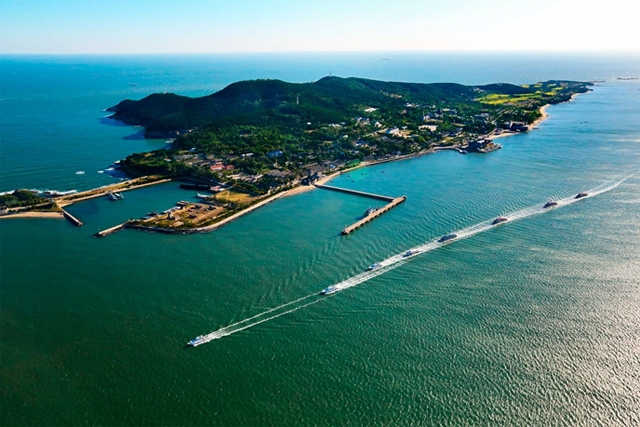
Weihai City Liagong Island Scenic Area is located in the eastern end of the Shandong Peninsula Weihai Bay, divided into natural and cultural landscape group. The terrain of Liagong Island is high in the north and low in the south, upright and steep in the north, and gentle in the south. The terrain is the key to coastal defense. It is known as "the eastern corner of the screen" and "the unsinkable warship. In the name of Liugong Island, the history can be traced back to the Warring States Period, and there are stories of Liu Gong and Liu's mother in the Han Dynasty who are kind and helpful. There are many historical sites on the island, including the Beiyang Marines Admiral Department, Ding Ruchang's residence, the Iron Pier, the Mariners School, the Stone Pier and the Fort.
6. Taierzhuang Ancient City Scenic Area
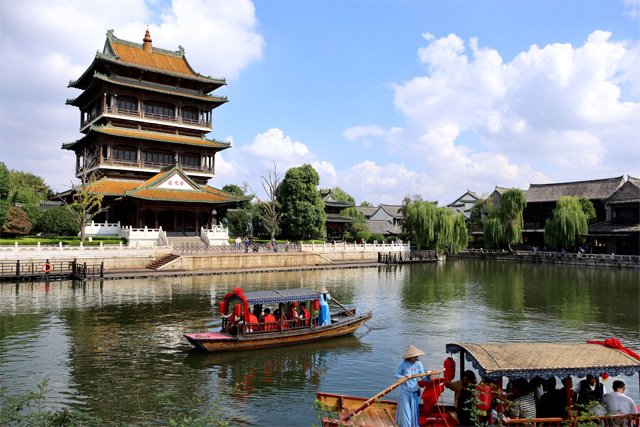
Taierzhuang Ancient City Scenic Area, located at the center of the Beijing-Hangzhou Grand Canal, is located at the junction of Taierzhuang District, Zaozhuang City, Shandong Province and the four provinces of Shandong, Jiangsu, Henan and Anhui. It is a national AAAAA-level tourist attraction and has the reputation of "China's most beautiful water town. The ancient city began in the Qin and Han Dynasties, developed in the Tang and Song Dynasties, and prospered in the Ming and Qing Dynasties. The ancient city covers an area of 2 square kilometers, with 11 functional zones, 8 scenic spots and 29 scenic spots. It is the largest ancient city in China. It is known as "the living fossil of canal culture" and "the Museum of Chinese residential architecture".
7. Nanshan Scenic Area, Yantai City
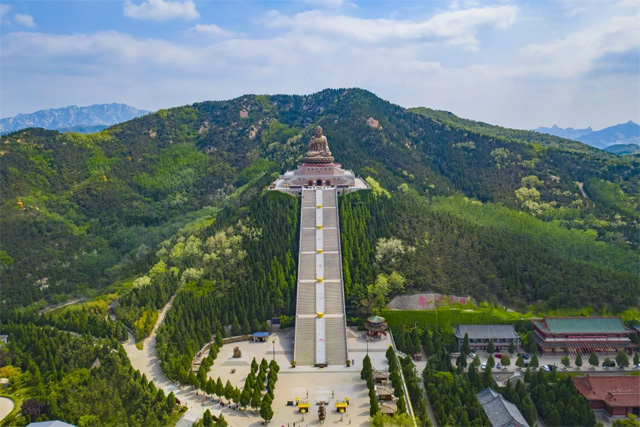
Nanshan Scenic Area of Yantai City, located in Dongjiang Street, Longkou City, Yantai City, Shandong Province, is a tourist attraction integrating natural landscape and cultural landscape, known as "the first mountain in Donglai. The scenic spot is divided into three parts: the religious historical and cultural park, the theme park and the East China Sea tourist resort. The main scenic spots include Nanshan Zen Temple, Perfume Temple, Nanshan Daoyuan, Lingyuan View and so on, all of which are relics of Jin and Tang dynasties. The world's largest tin bronze sitting Buddha Nanshan Giant Buddha (like 38.66 meters high and weighing 380 tons) and the country's largest indoor jade Buddha Nanshan Pharmacist Jade Buddha (like 13.66 meters high and weighing 660 tons) have become the two highlights of the scenic spot.
8. Jinan world first spring scenic spot
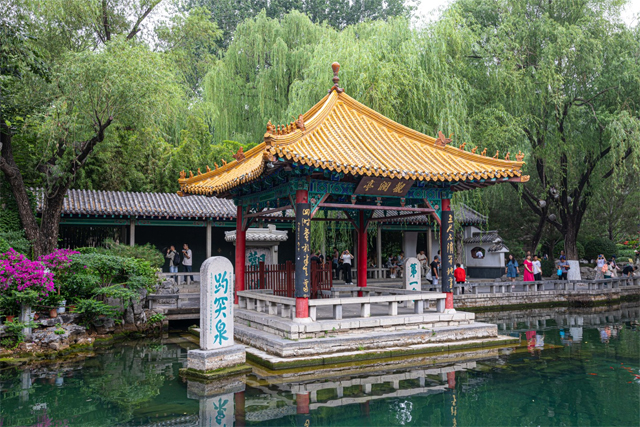
Jinan City, the world's first spring scenic spot, located in Jinan City, Shandong Province, is a national AAAAA-level tourist attraction and a national key park. The total area of the scenic area is 3.1 square kilometers, which is composed of "one river, one lake, three springs and four gardens. One river is the moat, one lake is Daming Lake, three springs are Baotu Spring, Black Tiger Spring and Wulongtan, and four gardens are Baotu Spring Park, Ring Park, Wulongtan Park and Daming Lake Scenic spot. it is a tourist attraction with unique natural landscape and profound historical and cultural heritage, with beautiful scenery.
9. Yimeng Mountain Tourist Area
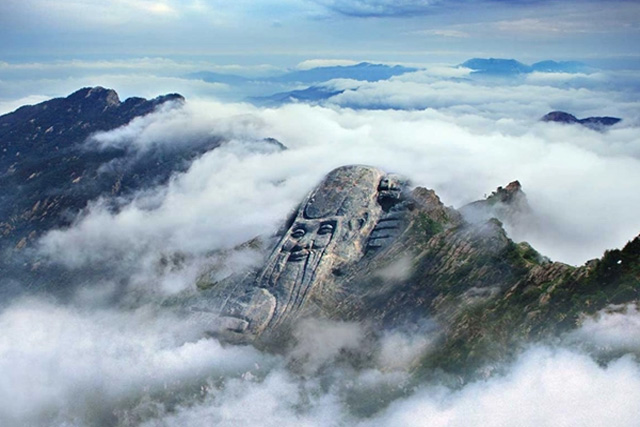
Yimeng Mountain Tourist Area is a tourist attraction located in Shandong Province. It consists of three scenic spots, namely Yimeng Mountain Yishan Scenic Area in Linqu County, Weifang City, Yimeng Mountain Yunmeng Scenic Area in Mengyin County, Linyi City, and Pingyi County Yimeng Mountain Turtle Scenic Area. Yimeng Mountain Tourist Area is a famous revolutionary shrine in China, the birthplace of Chinese Zhenshan culture, a famous longevity shrine, and the location of the World Cultural Heritage Qi Great Wall. Yimeng Mountain tourist area has beautiful natural scenery, excellent ecological resources, forest coverage rate of more than 95%, high content of negative oxygen ions, is a "natural oxygen bar".
10. Weihai Huaxia City Scenic Area
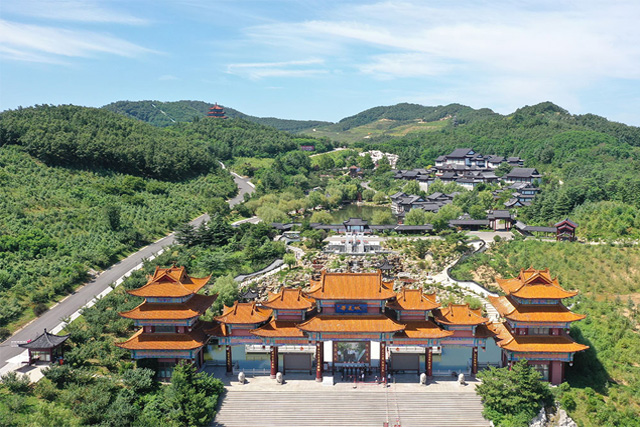
Weihai Huaxia City Scenic Area, located in the beautiful coastal resort city of Weihai, is a large-scale ecological and cultural scenic spot mainly displaying oriental classical culture. Nowadays, Weihai Huaxia City has become the new coordinate of Weihai tourism. The scenic spots have their own cultural and natural ecological characteristics, and there are many kinds of participatory and stimulating projects, integrating education, catering, performing arts, accommodation, tourists, etc., forming a complete industrial chain, and becoming a good place for tourists to relax and go sightseeing for Weihai citizens.
11. Qingzhou Ancient City Tourist Area
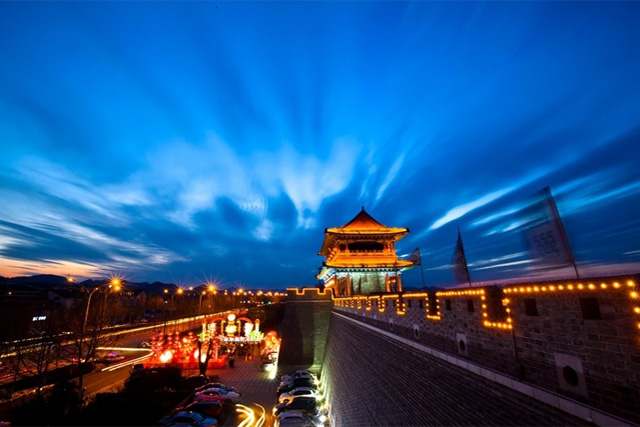
Qingzhou Ancient City Tourist Area, located at the intersection of Fangongting West Road and Puppet Garden Street, Qingzhou City, Weifang City, Shandong Province, has a history of more than 2200 years. It is an ancient city with distinctive regional characteristics of Ming and Qing architectural styles. Since the beginning of the Western Han Dynasty, there have been six ancient cities including Guangzhou County, Guanggu City, Dongyang City, Nanyang City, Dongguan Weizi City, and Manchuria Garrison Banner City. It has been the political, economic, military, and cultural center of the entire Shandong region. For more than 1000 years. It mainly includes Dongyang City Beiguan Historical and Cultural District, Nanyang City Puppet Garden Historical and Cultural District and Dongguan Historical and Cultural District. At present, the open area is mainly concentrated in Gunanyang City, which is an ancient city with distinctive regional characteristics of Ming and Qing architectural style.
12. Dongying Yellow River Estuary Eco-tourism Area
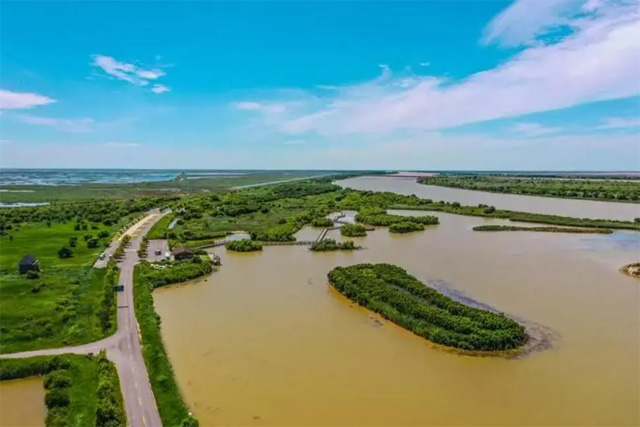
The Yellow River Estuary Eco-tourism Area of Dongying City, referred to as the Yellow River Estuary Eco-tourism Area, is located in the Yellow River estuary area of Kenli District, Dongying City, Shandong Province. The area has unique ecological tourism resources in the Yellow River Delta, such as the intersection of rivers and seas, wetland ecology, petroleum industry and coastal beach landscape. The Yellow River Estuary Eco-tourism Zone is rich in tourism resources. The mother river of the Chinese nation, the Yellow River flows into the sea from here, forming a wonder of the confluence of the sea and the river. There are more than 1632 kinds of wild animals here, known as "Birds International Airport". It is an ideal place for people to return to nature, conduct scientific research, vacation, bird watching and hunting.
13. Firefly Water Cave-Underground Grand Canyon Tourist Area, Linyi City
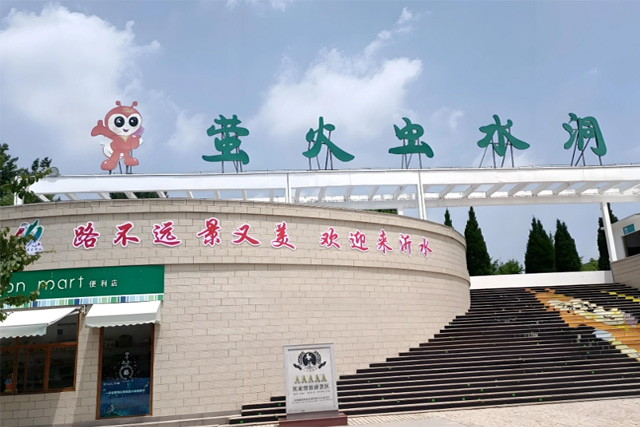
Linyi City Firefly Water Cave Underground Grand Canyon Tourism Area, referred to as Firefly Water Cave Underground Grand Canyon Tourism Area, is located 19 kilometers west-west of Yishui County, Linyi City, Shandong Province. It is a famous underground firefly mysterious world, integrating leisure, A comprehensive tourist attraction integrating vacation, recreation, entertainment, research, and firefly viewing. Firefly Water Cave has unique landscapes such as rare firefly wonders in Asia, stalactites of various shapes, karst dark lakes with a water volume of 350000 cubic meters, and the huge ecological butterfly valley in the north of the Yangtze River. It is a large-scale comprehensive eco-tourism area integrating leisure and sightseeing, popular science education, scientific expedition and other functions.
14. Weishan Lake Tourist Area, Jining City

Jining Weishan Lake Tourist Area, referred to as Weishan Lake Tourist Area, is located in Jining City, Shandong Province, is a national AAAAA level tourist attractions. Weishan Lake is connected by Weishan, Zhaoyang, Nanyang and Dushan Lake. With an area of 1266 square kilometers, it is the largest freshwater lake in northern China and the first batch of natural scenic spots in Shandong Province. Weishan Zhong Ling Yuxiu, rich in products, many scenic spots, beautiful natural scenery, is a huge natural park, is a famous "one city and two townships", that is, China's Hedu, northern water town, the hometown of railway guerrillas.
15. Qingdao Aofan Marine Cultural Tourism Zone
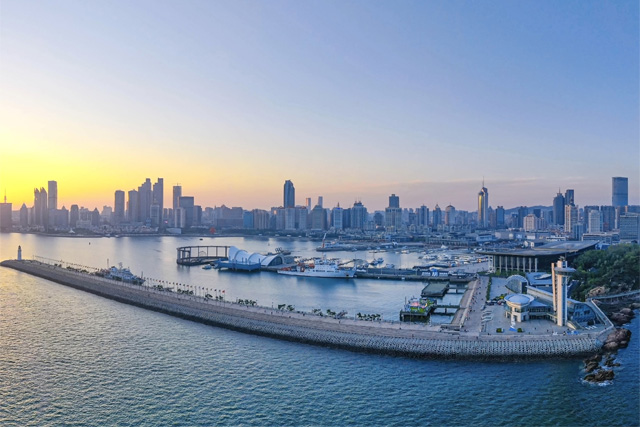
Qingdao Olympic Sailing Marine Cultural Tourism Zone, referred to as Qingdao Olympic Sailing Marine Cultural Tourism Zone, is located in Shinan District, Qingdao City, Shandong Province, with a total area of 5.25 square kilometers. It is composed of Qingdao Underwater World and Qingdao Olympic Sailing Center. Relying on high-quality tourism resources, the tourist area has launched a full range of theme products such as marine sports, marine science research, coastal leisure and entertainment, etc., to build the scenic spot into an international ocean integrating sailing, seaside leisure, cultural experience, marine research, and exhibition tourism. Cultural tourism destination.
16. zhoucun ancient mall scenic spot in zibo city
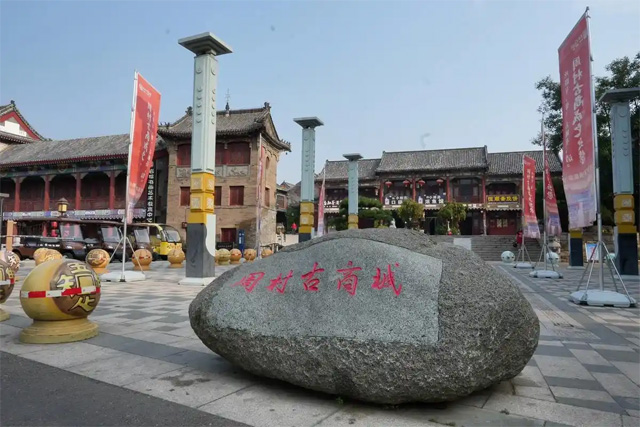
Zibo Zhoucun Ancient Shopping Mall Scenic Area, referred to as Zhoucun Ancient Shopping Mall, is located at No.1 Xinjian Middle Road, Zhoucun District, Zibo City, Shandong Province. It is a national AAAAA tourist attraction. The history of Zhoucun Ancient Shopping Mall can be traced back to the ancient commercial street built in the eighth year of Yongle in the Ming Dynasty (1410). After hundreds of years of wind and rain, it is still intact. It is known as the "dry wharf", "Jinzhou Village", "Silk Town" and "The world The reputation of" No. 1 Village "is praised by experts from the China Ancient Architecture Protection Committee as" China's Living Ancient Commercial Architecture Museum Group ".
This article is edited and published by Journey Mark. If you have any questions, please feel free to contact us at any time.
Article Link:https://www.topvvv.com/en/China/116.html

